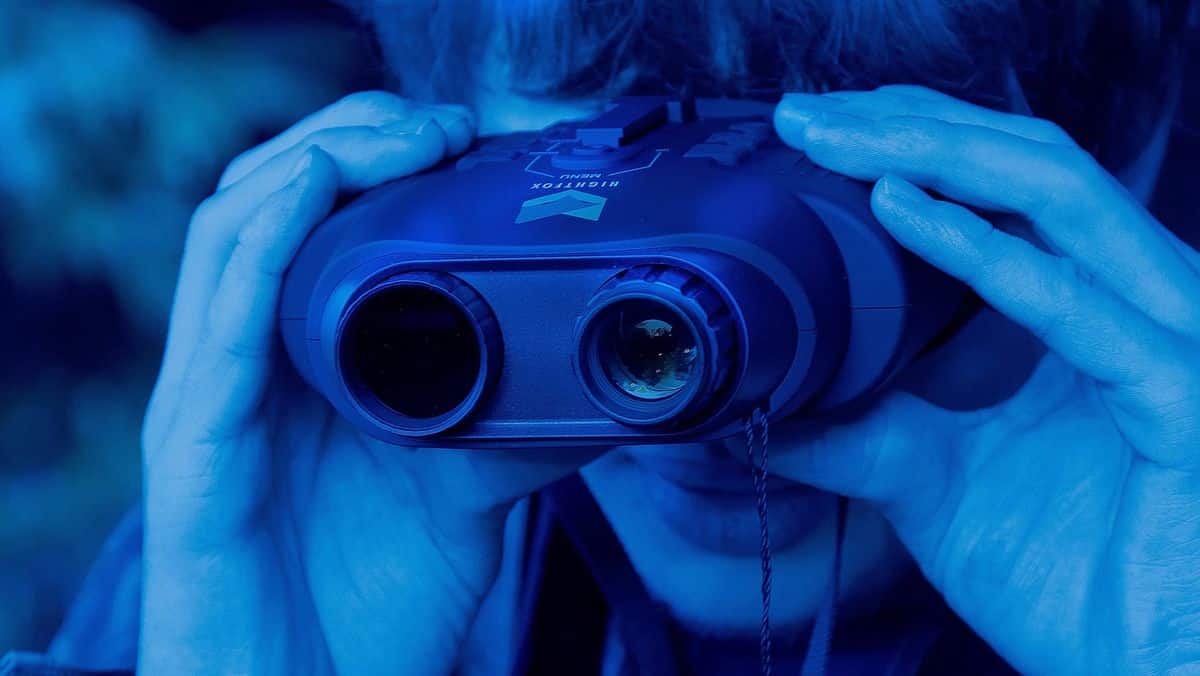Have you ever wondered what it would be like to see in the dark like a superhero with enhanced vision? With night vision goggles (NVGs), this futuristic concept becomes a reality. But how exactly do these remarkable devices work, and what do you see when you peer through them?
Night vision goggles utilize thermal imaging technology to capture infrared light emitted by objects in the darkness. This means that even when the human eye perceives only pitch-black surroundings, NVGs can detect and amplify the faintest traces of thermal radiation emitted by objects.
Thermal imaging relies on the principle that all objects emit infrared radiation as a byproduct of their temperature. Whether it’s a warm-blooded animal, a human body, or even inanimate objects like rocks or trees, everything emits a certain amount of heat. NVGs detect and process this thermal radiation, converting it into a visible image that allows the wearer to see in the dark.
When you look through night vision goggles, you’ll see an image of your surroundings illuminated by the infrared light emitted by objects. This image may appear as shades of green, which is a common color representation used in NVGs, though some models may display the image in grayscale or other color palettes.
The beauty of thermal imaging technology is its ability to cut through the darkness and reveal hidden details that are invisible to the naked eye. Whether you’re navigating through the woods at night or conducting surveillance in low-light conditions, NVGs provide a clear view of your surroundings, helping you stay safe and informed.
One of the key advantages of thermal imaging is its effectiveness in detecting living beings, particularly warm-blooded animals and humans. This makes NVGs invaluable tools for wildlife observation, search and rescue operations, and military reconnaissance.
In conclusion, night vision goggles offer a glimpse into a world that is often shrouded in darkness. With their thermal imaging technology, they illuminate the unseen and provide a new perspective on nighttime environments. So, the next time you peer through a pair of NVGs, remember the remarkable science behind them that allows you to see in the dark like never before.

